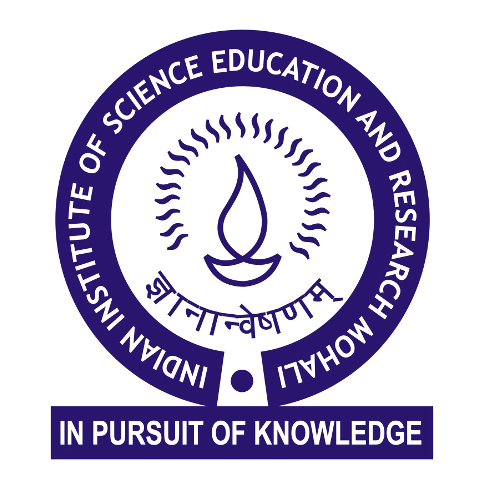Events Calendar
Smart autolysins that remodel the bacterial cell wall
Thursday 06 March 2025, 04:00pm
Dr. Manjula Reddy
Location : AB2-5B
Abstract: The peptidoglycan (PG) cell wall, a defining feature of bacteria, is crucial for cell integrity and morphology. PG is a macromolecular mesh made up of several glycan polymers crosslinked by short peptides conferring a characteristic structure and elasticity, distinguishing it from other polymeric exoskeletons. The significance of PG cross-link formation is known for decades, as some of the most widely used antibiotics including b-lactams, target the enzymes that catalyze this step. However, the importance of cross-link hydrolysis in PG biology was largely underappreciated. Recent studies from our lab demonstrated the significance of cross-link cleavage in diverse physiological processes, including an indispensable role in PG expansion during the cell cycle, thereby making cross-link cleaving enzymes an untapped target for novel drugs. Here, I will elaborate on the fundamental roles of cross-link specific PG hydrolysis and its regulation in E. coli, a Gram-negative bacterial model organism.
website policy
Connect with us
IISER Mohali, Knowledge city, Sector 81, SAS Nagar, Manauli PO 140306
Telefax : 2240266, 2240124
-
+91 - 172 - 2240266
- +91 - 172 - 2240266


